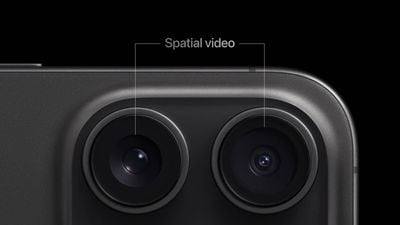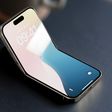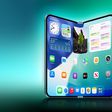Popular password management app 1Password today announced the launch of two new features that are designed to make the app more user friendly. 1Password is improving the sign-in process on new devices and adding the ability to recover an account when a master password and secret key are lost.
With recovery codes, 1Password is providing a failsafe that will let customers back into their accounts in the event that a password is lost. 1Password already provides an Emergency Kit PDF that includes a Secret Key, and users are instructed to keep the Secret Key safe. The Secret Key allows for access to a 1Password account if the master password isn't available, but prior to now, if the Secret Key was also lost, there was no option for account recovery.
1Password users can now log in and generate a recovery code, which can be used to regain access to an account. The company recommends that customers go through the recovery code process immediately, as a recovery code can't be generated after a user is locked out of their 1Password account.
After a recovery code has been created, it can be used at any time to regain access to a 1Password account, though users will need access to the email address associated with their 1Password account.
Generating a recovery code can be done by going to the Manage Accounts section, selecting Sign-in and Recovery, and choosing the "Set up recovery code option." 1Password recommends that recovery codes be stored in a safe and accessible place.
1Password is also testing an updated sign-in experience in a beta capacity, with the new method aimed at making it easier to log in on a new device or through a web browser. When logging in somewhere new, users can now choose the Scan QR Code option from the top left account menu in 1Password and scan a QR code on the new device to log in.
The new sign-in option is available in beta and nightly release channels on 1Password for desktop and TestFlight for iOS. Recovery codes are available to all 1Password users.




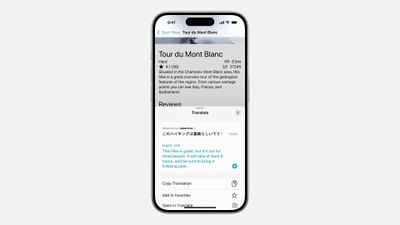



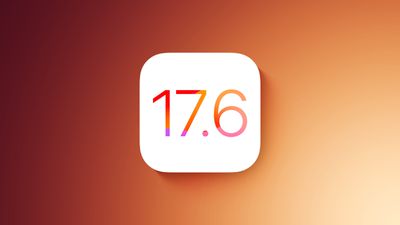


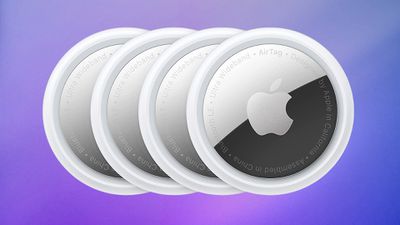 Note: MacRumors is an affiliate partner with some of these vendors. When you click a link and make a purchase, we may receive a small payment, which helps us keep the site running.
Note: MacRumors is an affiliate partner with some of these vendors. When you click a link and make a purchase, we may receive a small payment, which helps us keep the site running.


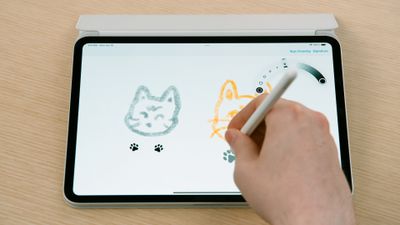





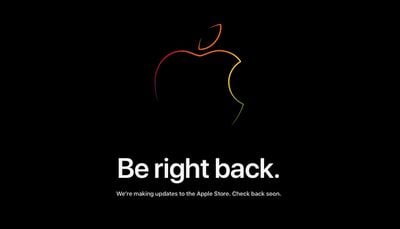
 Note: MacRumors is an affiliate partner with Amazon. When you click a link and make a purchase, we may receive a small payment, which helps us keep the site running.
Note: MacRumors is an affiliate partner with Amazon. When you click a link and make a purchase, we may receive a small payment, which helps us keep the site running.

